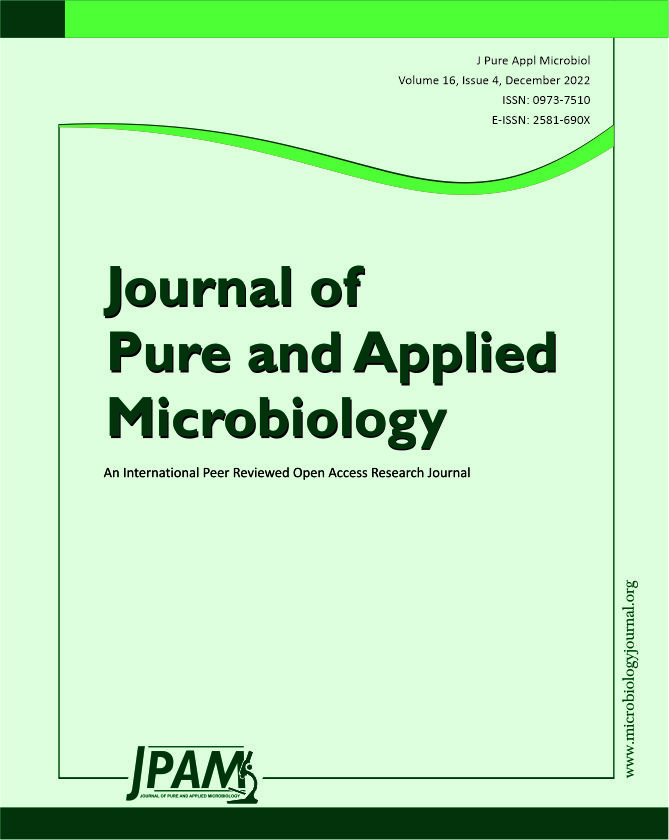Antimicrobial resistance has emerged as a major danger to contemporary medicine around the world. Carbapenems are the highest class of B-lactam drugs which are considered as the most effective and safest antibiotics available. Increasing spread of carbapenemases has been noted across the world which restricts treatment options. The aim of this study was to determine the incidence of carbapenem resistant genotypic pathways in a tertiary care hospital. 130 clinical strains of Enterobacteriaceae were subjected to Kirby-Bauer disk diffusion tests and genotypic methods (PCR) for the identification of the genes NDM, VIM, and OXA-48. Carbapenem resistance was detected in 30% of the isolates by phenotypic methods. These 37 isolates on being subject to PCR showed OXA-48 followed by VIM and NDM as the most frequently isolated genotypes. All isolates had multiple genes encoding carbapenem resistance. Carbapenemases resistance is on the rise and is associated with multi drug resistance pattern. To minimize spread and initiate early appropriate therapy, early detection of carbapenem resistance is essential. Molecular methods remain gold standard for detection.
Carbapenemases, Enterobacteriaceae, Genotypic, OXA-48, NDM, VIM
© The Author(s) 2022. Open Access. This article is distributed under the terms of the Creative Commons Attribution 4.0 International License which permits unrestricted use, sharing, distribution, and reproduction in any medium, provided you give appropriate credit to the original author(s) and the source, provide a link to the Creative Commons license, and indicate if changes were made.


